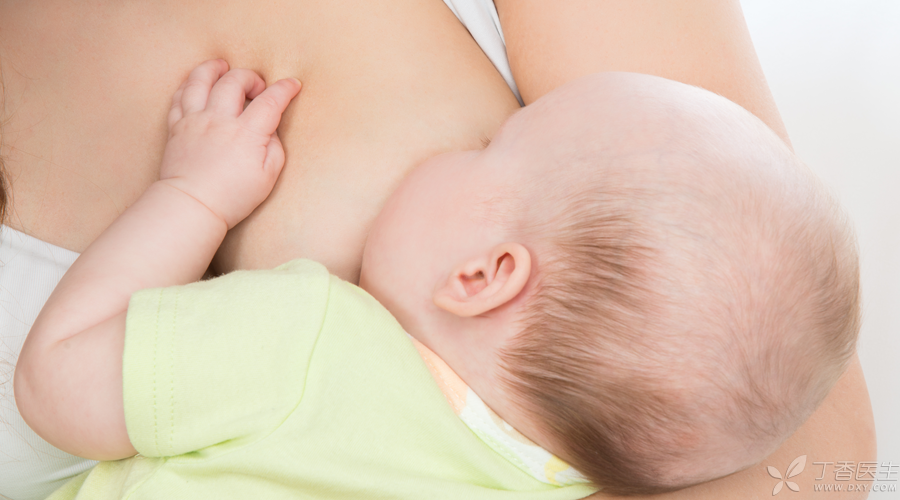At ordinary times, when working in the hospital, I often meet some mothers who say that their babies are not growing well and always ask anxiously:
My baby seems to have low bone mineral density, is it calcium deficient?
Doctor, my baby’s zinc is low in trace elements. What should I do?
My family did a breast milk analysis for me and said that my milk was not good. Is breast milk still being fed?
… …
Are these popular tests such as [trace elements, breast milk analysis, bone mineral density], which are often talked about by mothers, really necessary or are they spending money to buy troubles? Listen to what pediatrician Wu Feifei said.
Trace element examination

Trace element examination is a necessary item for almost every child’s physical examination. Yes, once the child cries incessantly, does not like to eat and has yellow hair, parents will inevitably worry about whether the child lacks trace elements.
There are several methods for examining trace elements, some for hair, some for urine, some for fingertip blood and some for venous blood. However, no matter which method, it can only represent local trace elements and cannot represent the condition of the whole body.
Even as early as 2013, the National Health and Family Planning Commission notified:
In addition to the necessary examination for children’s diseases, trace elements are not allowed to be examined as physical examination items, especially for treasures under 6 months old.
Therefore, we also don’t need to do trace element examination for healthy babies, even if it is found that there are high and low, we don’t need to worry too much.
If doctors need to confirm whether a trace element is abnormal, they will not only look at a single test result, but also combine some indirect indicators to judge, and parents should not blindly diagnose the baby themselves.
Bone mineral density examination

What exactly is bone mineral density doing?
It is actually an examination to assess the risk of fracture. Common examination methods include dual energy X-ray absorption (DXA), quantitative computed tomography (QCT) and peripheral quantitative ultrasound.
At present, ultrasound examination is widely used, but ultrasound examination is not sensitive enough to explicitly exclude or confirm osteoporosis.
In other words, ultrasound examination is only a screening method, and DXA examination is still required for diagnosis.
At the same time, ultrasound examination has no normal reference for children.
Therefore, we only recommend babies with recurrent fractures, bone deformities and suspected osteoporosis to be tested. Healthy babies don’t need to do it.
Even if you said that after you measured the baby, you found that the bone mineral density was low…
This is not calcium deficiency for most babies, but a normal phenomenon in the vigorous growth stage.
Breast milk analysis

Breast milk analysis originated in Europe and mainly examines the protein, fat, lactose, calories and total solids content in breast milk. However, in foreign countries, this examination is only aimed at mothers of premature infants.
This test occurs mainly because-
- Premature infants have higher requirements for the composition of breast milk. Most mothers who give birth prematurely have some uncertain factors in their bodies.
Therefore, the composition of breast milk will be understood in this way.
In addition, mothers who have undergone breast augmentation surgery will also be analyzed for breast milk to see if breast milk is safe.
However, after entering the country, this examination has become what businessmen call [according to breast milk analysis, adjust the diet of Baoma to make breast milk better].
First of all, mothers should know that breast milk will change spontaneously with the growth of the baby. For healthy precious mothers, human intervention is meaningless.
Secondly, there is no unified national standard for breast milk analysis in China, and the credibility of the test results is not high.
In this way, as long as it is a healthy baby and mother, there is no need to do this examination, and it is good to eat evenly at ordinary times.
Helicobacter pylori examination

In the past two years, Helicobacter pylori (HP) testing has become common among adults. Many parents inevitably wonder: Does the baby also need HP testing?
On this issue, the domestic consensus clearly suggests that HP testing should not be used as a routine examination for babies. This is mainly because-
- HP rarely causes symptoms in childhood to prevent gastric cancer and does not need to start from childhood.
In fact, as long as the baby’s stomach is not uncomfortable, there is no need to do this examination for [prevention]. As long as the baby is not fed mouth to mouth at ordinary times, the meal is divided as much as possible, the baby is not given raw water, the baby is not given raw food, and the hands are washed well before the meal.
Having said so much, do your parents know?
Although these star examinations have certain reference value, they all need to be comprehensively judged by combining the actual situation with other examination results. Just worrying about a certain examination result can only be to spend money to buy troubles.
